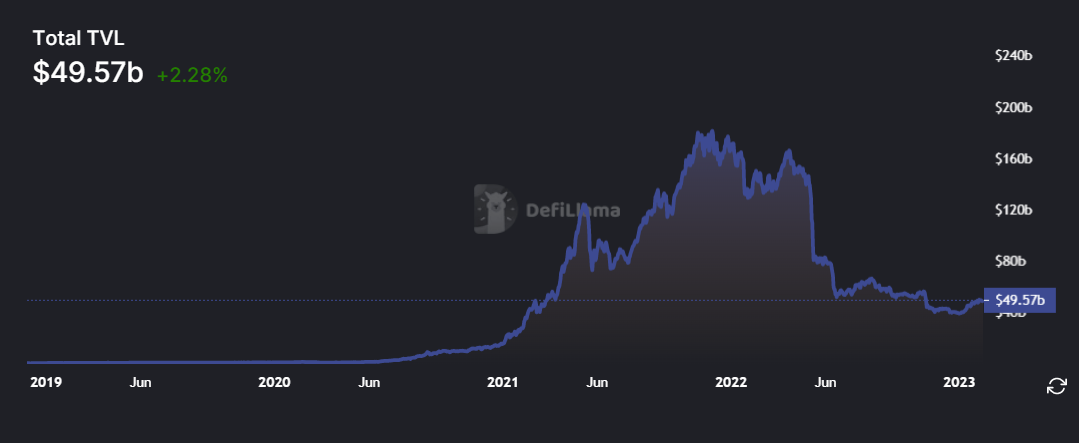DeFi’s use case in traditional finance could grow in the coming years as new protocols attempt to support the securitization of real-world assets, according to a new research report from credit rating agency S&P Global Ratings.
The financing of real-world assets, or RWAs, will likely be a key focus area for DeFi protocols moving forward, S&P said in a report titled “DeFi Protocols For Securitization: A Credit Risk Perspective.” Although the industry is still in its nascent stages, S&P highlighted several benefits DeFi could bring to securitization, including reducing transaction costs, improving transparency on asset pools, reducing counterparty risks and enabling faster payment settlement for investors.
“The early development of DeFi focused primarily on applications providing financial services within the crypto ecosystem, such as lending collateralized by crypto assets, investment tools for crypto assets, and crypto trading platforms,” analysts Andrew O’Neill, Alexandre Birry, Lapo Guadagnuolo and Vanessa Purwin wrote, adding:
“These initial use cases were broadly disconnected from the real economy. The financing of RWAs has emerged as a theme in the DeFi space, with lending protocols offering loans originated in the traditional way, based on borrower underwriting rather than backed by crypto assets pledged as collateral.”
DeFi securitizations aren’t without risks, however. S&P identified legal and operational risks associated with their issuance, as well as the potential for a mismatch between fiat currency-denominated assets and digital currency liabilities. Addressing these risks could be the difference between a robust DeFi securitization industry and one failing to attract interest from traditional finance.
S&P Global Ratings is one of the big-three rating agencies on Wall Street. While the company is researching DeFi protocols, it does not currently rate any projects.
The DeFi industry rose to prominence in mid-2020 as the promise of higher yields and easier access to credit markets attracted crypto-native investors. According to most metrics, DeFi activity peaked in the third quarter of 2021 – in November of that year, the total value locked (TVL) on DeFi platforms eclipsed $180 billion.
 The DeFi industry has further room to grow beyond crypto TVL measures, according to S&P Global Ratings. Source: DeFi Llama.
The DeFi industry has further room to grow beyond crypto TVL measures, according to S&P Global Ratings. Source: DeFi Llama.
Related: Fractional NFTs and what they mean for investing in real-world assets
Asset tokenization, or the process of issuing security tokens representing real tradeable assets, has long been viewed as a viable use case for blockchain technology. According to Ernst & Young, tokenization creates a bridge between real-world assets and their accessibility in a digital world without intermediaries. The consulting agency believes tokenization can “provide liquidity to otherwise illiquid and non-fractional markets.”


